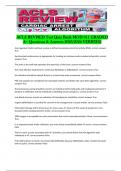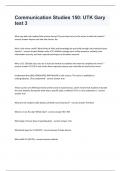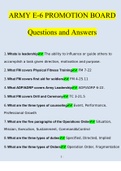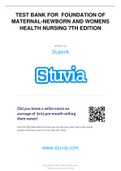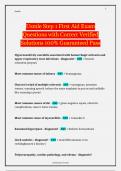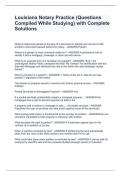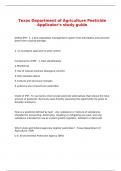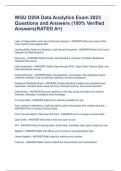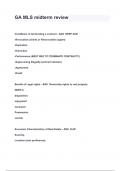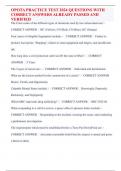Exam (elaborations)
ACLS REVISED Test Quiz Bank MOD 011 GRADED A+ Questions & Answers 2023/2024 VERIFIED
- Course
- Institution
ACLS REVISED Test Quiz Bank MOD 011 GRADED A+ Questions & Answers 2023/2024 VERIFIED Any organized rhythm without a pulse is defined as pulseless electrical activity (PEA). correct answers True Synchronized cardioversion is appropriate for treating an unknown wide complex tachycardia. correct...
[Show more]
